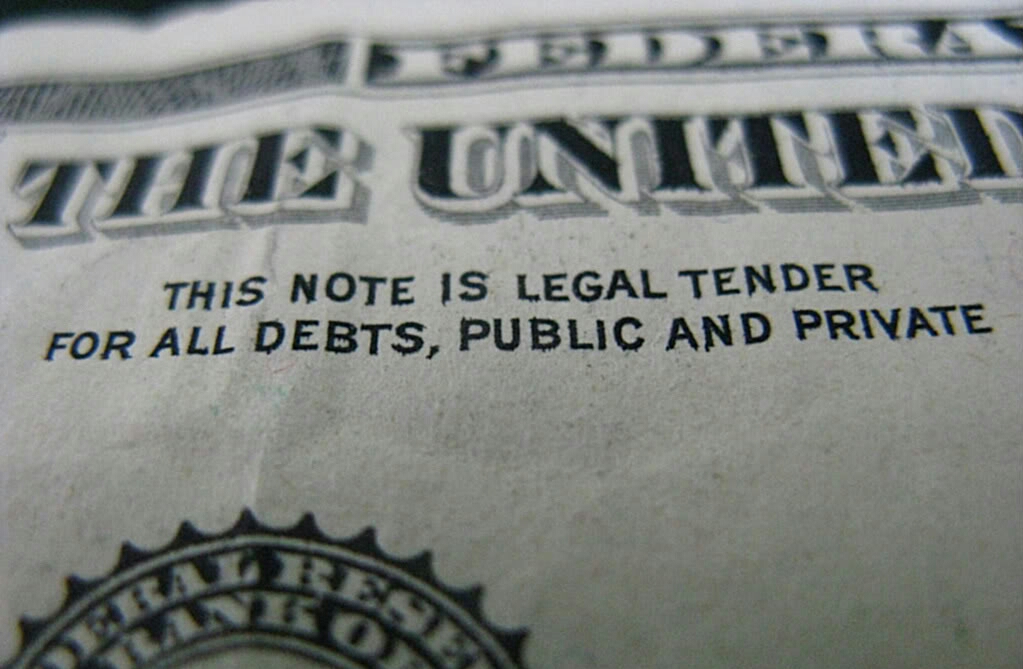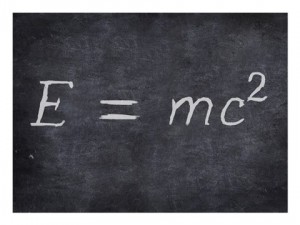THINK, NOT SINK. “The multitude of books is making us ignorant.” Equally the same, the multitude of digital information sources is making us ignorant. True knowledge requires a sustained line of “thinking”. Today’s information has a source-sink relationship, like water going fast down the sink, down the drain, there’s not much time for the information to meet the brain, so some fiction becomes fact, absent critical thinking.
Month: August 2015
Why Do You Need Money?
The short answer is to buy commodities. Imagine that you lived on a farm and you had on site everything you needed to subsist; meat, wool, wood, water, fruits, and vegetables. Then you do not need money, and you’re fully independent. The first $100 that was printed was to get someone “in debt” by this amount so that person would buy a commodity (gas, flour, etc) The amount is paid against labor performed, labor is the worker’s capital, his/her input. Commodities are traded in USD. Today, if we all drove solar-powered cars, then we could afford to work a few hours less per week (cost of gasoline saved). You could enjoy life better with your family. But banks and the commodity oligarchs are not interested in such efficient systems. They want you to get more in debt, promoting more commodity derivatives that you may not even need. Before you purchase anything, ask yourself if you need it, and find ways to be self-sufficient (your small farm/garden, bicycle riding when possible, etc) in attempt to emancipate yourself from commodity slavery. If you inspect a $1.00 bill, it reads an instrument of “debt”, not an instrument of credit. In theory, you need less money, not more, to be free.

On Sales Leverage
Many companies and shops are open for business everyday and do not have a leverage product in their product mix. For example, a shop may have 10 products yielding 10% each. Say you’re selling scarves at $5 each, yielding a net profit of $2; in a day, you will need to sell 50 pieces to make $100 in profit (maybe you even have to deal with 50 customers!) Instead, you could identify 1 product yielding $50 in profit per transaction (like a suit or leather jacket), so in a day, you need to sell 2 products to lock in $100 in profit. Compare this to dealing with 30 to 50 customers selling low leverage products. Many companies struggle because they do not have leverage products, or if they do have them, they fail to promote them well. Look around at your business or shop, identify those high value leverage products (high profit density items) and market them well. Happy Selling!
On Death and Energy
Death is not the end if you think of yourself as some form of energy. There will be a transformation. Death is the end if you think of mass alone. E=mc2. The only way to transcend and reach light years (distance) quickly is to travel at the speed of light, at which time you will have been converted to E (100% Energy). No mass! Get it?
Recent Comments